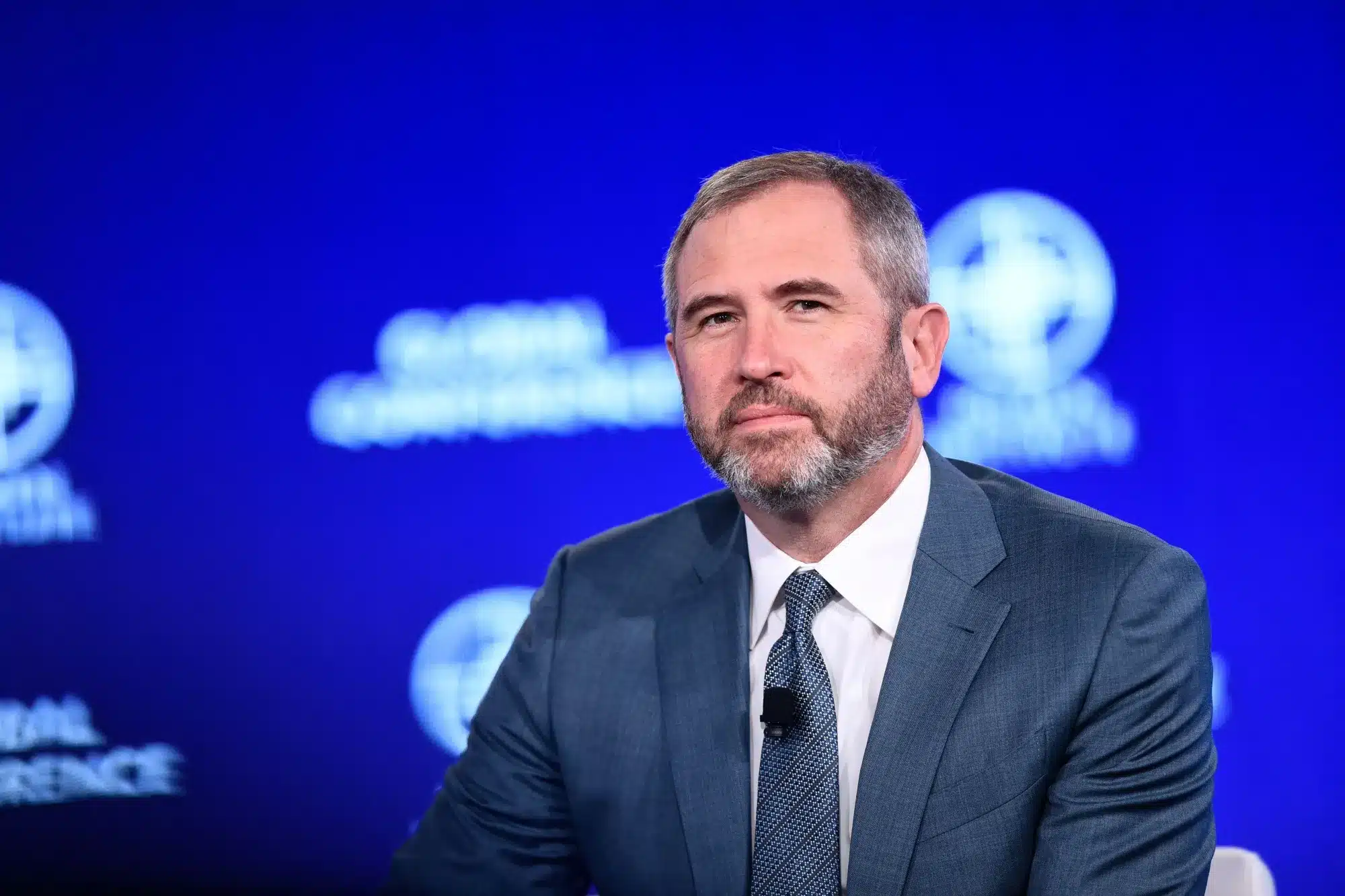- Ripple’s 1,700 secret deals spark speculation across global finance.
- JPMorgan, SWIFT, and BlackRock reportedly tied to Ripple partnerships.
- Community links XRP to digital identity, tokenized assets, and oil.
Ripple’s confidential agreements are fueling intense discussion after claims emerged that the company has signed more than 1,700 non-disclosure agreements. According to commentary shared by Stellar Rippler, each deal is believed to involve a major institution, forming part of a global plan that has yet to be revealed.
It is implied that these plans are only waiting for the right time to be triggered and could transform the financial sector in meaningful ways. JPMorgan was explicitly mentioned in the discussion. Internal reports by the banking giant allegedly ranked Ripple among the key players in cross-border payments.
Similar reports also emphasized that Web3 development is based on digital identity. Ripple has been building solutions in payment systems and digital identity, and this alignment has sparked interest among observers who are connecting the dots.
Also Read: Bitcoin Slips as Major Altcoins Face Daily Losses
Ripple’s Reported Institutional Ties
The Depository Trust & Clearing Corporation, which processes trades valued in the quadrillions, has also been linked to Ripple. Reports indicate that its post-trade settlement platforms are also adopting XRP and Stellar technology through patent filings. According to community discussions, if Ripple is involved in such infrastructure, it could be connected to some of the most significant financial flows worldwide.
Further claims involved SWIFT, the international financial messaging network. According to Stellar Rippler, SWIFT was close to an agreement to use XRP for liquidity. Though the post was subsequently declared a hack and removed, its distribution by numerous accounts received significant publicity.
Partnerships and Global Institutions
The World Economic Forum was also cited, with reports showing that the organization has prioritized digital identity and tokenized assets. In those reports, the amount of tokenized value linked to the XRP ledger had reached a billion dollars. This trend included projects like DNA On Chain, which create digital identity frameworks directly built on the Ripple technology.
Another potential organization involved in undisclosed agreements was BlackRock. Rumors about the possible initiation of an XRP exchange-traded fund were supported by the conservative responses given by CEO Larry Fink to questions about XRP.
Additionally, slides published by the International Monetary Fund, the U.S. Federal Reserve, the Bank of England, and the Saudi Arabian Monetary Authority are reportedly said to have listed Ripple as an advisor. These sources associated Ripple with top-level content on tokenization and settlement systems. Saudi Arabia’s interest in tokenized oil using the XRP Ledger was also mentioned as an example.
Global Appearances Highlight Ripple’s Role
Community commentary further pointed to images of Ripple CEO Brad Garlinghouse alongside global financial leaders, including IMF officials, SWIFT representatives, and the Monetary Authority of Singapore.
Former Ripple employees working within international organizations were also referenced. These recurring instances were termed as manifestations of Ripple at the pinnacle of monetary discourse.
The claims about Ripple’s 1,700 non-disclosure agreements have brought even more momentum to existing speculation about its reach and alliances. Mentioning banks, asset managers, regulators, and global organizations have placed Ripple as a potential key stakeholder in payment infrastructure, tokenization, and identity technology.
While the agreements remain undisclosed, community reports continue to highlight the possible scope of Ripple’s influence.
Also Read: Top Analyst Says Unless These 3 Things Happen, The XRP Bull Run Is Not Over – Here’s What

